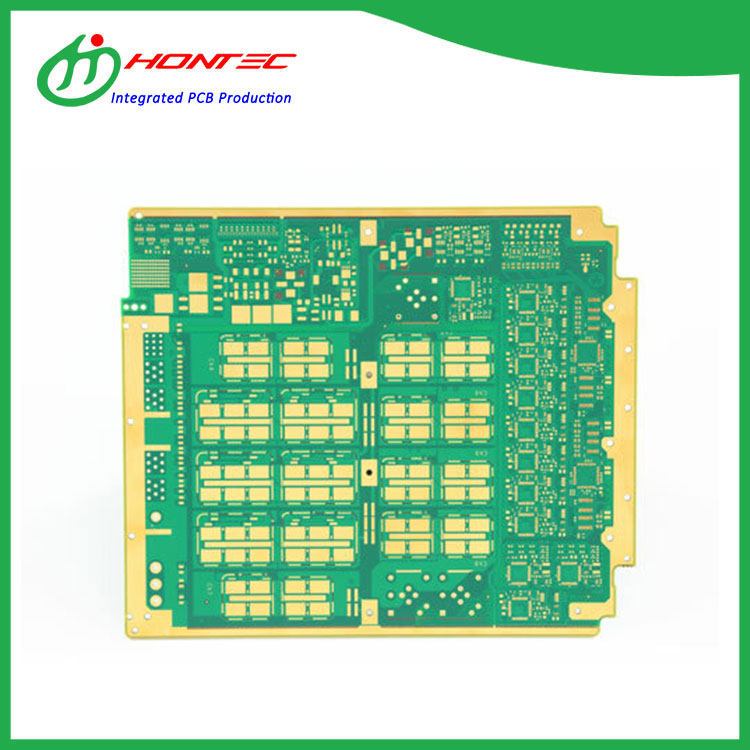The Advantages of Using a Multilayer Board over a Single-Layer Board
2024-05-24
In the world of printed circuit boards (PCBs), technology has evolved significantly to meet the increasing demands of complex electronic systems. Among the various PCB designs, multilayer boards have become a preferred choice over single-layer boards due to their numerous advantages. In this blog, we will explore the key benefits of using a multilayer board over a single-layer board.
1. Increased Component Density
One of the most significant advantages of multilayer boards is their ability to achieve a higher component density. With multiple layers of conductive traces and components stacked together, multilayer boards can accommodate more components and circuitry in a smaller board area. This allows for the development of compact and lightweight electronic devices with enhanced functionality.
2. Complex Circuitry Support
Multilayer boards are capable of supporting much more complex circuitry than single-layer boards. Each layer in a multilayer board can have its own unique circuitry, and the layers are interconnected through vias or plated-through holes. This design flexibility enables the creation of intricate circuit patterns and connections that are not possible with single-layer boards.
3. Improved Signal Routing
Multilayer boards provide improved signal routing capabilities. By utilizing multiple layers, signals can be routed in parallel or cross-connected between layers, reducing signal interference and improving overall signal integrity. This is crucial for high-speed and high-frequency applications where signal quality is paramount.
4. Enhanced Thermal Management
Thermal management is a critical aspect of PCB design, especially for high-power devices. Multilayer boards offer enhanced thermal management capabilities compared to single-layer boards. The stacked layer design allows for better heat dissipation, and copper layers can be used as heat sinks to effectively dissipate heat away from critical components. This helps prevent overheating and improves the reliability and longevity of the PCB.
5. Cost-Effectiveness
While multilayer boards may have a higher initial cost compared to single-layer boards due to their increased complexity and manufacturing processes, they often provide cost savings in the long run. By supporting more components and circuitry in a smaller board area, multilayer boards can reduce the overall size and weight of the electronic device. This can lead to savings in material costs, assembly costs, and packaging costs. Additionally, the improved performance and reliability of multilayer boards can reduce the need for repairs and replacements, further reducing overall costs.
6. Versatility and Flexibility
Multilayer boards offer great versatility and flexibility in PCB design. They can be customized to meet specific requirements and applications, and different layer configurations can be used to optimize performance and reliability. This allows for the development of tailored solutions that precisely meet the needs of each project.
In summary, multilayer boards offer numerous advantages over single-layer boards, including increased component density, complex circuitry support, improved signal routing, enhanced thermal management, cost-effectiveness, and versatility. As the demand for compact, lightweight, and high-performance electronic devices continues to grow, multilayer boards are becoming an increasingly popular choice for PCB designers.



